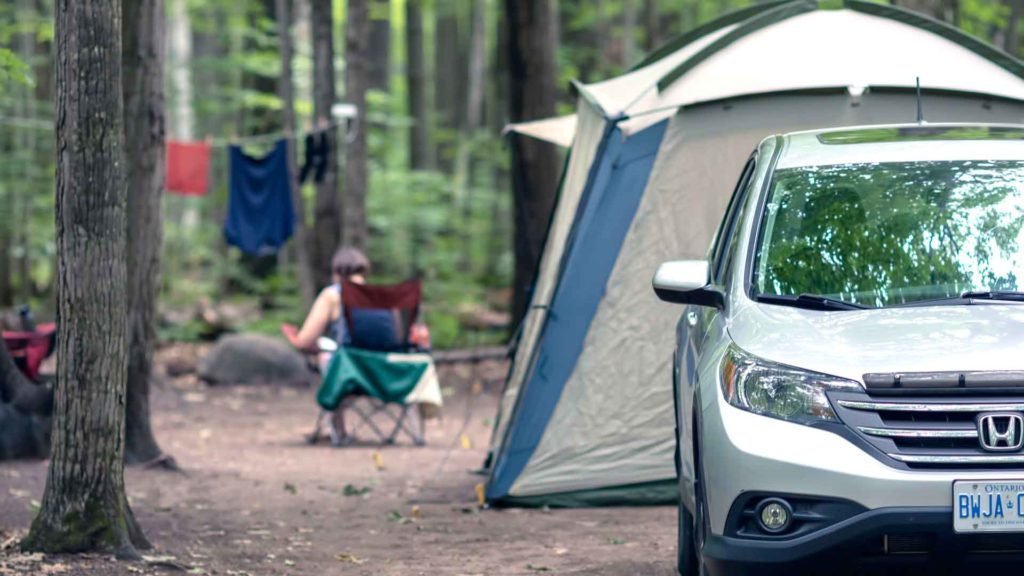Did you play Tetris? Is there any better way to learn how to pack the back of your SUV for a family camping trip? Whether you’re a couple on a long weekend or a family on a multi-state road trip, fitting everything in is always a struggle – let alone ensuring sure the gear is conveniently available when you need it.
Hence, before you look for the best camping hammocks, here are a few suggestions for efficiently loading the van.
Give You Some Time
Pack the vehicle the day before your vacation if feasible to avoid feeling rushed. There are a few more stressful ways to start a road trip. They’re having everyone standing about watching you pack your belongings and yelling at you to hurry up. You need to take all essential camping accessories like the best camping hammocks, the best camping chairs etc.
Know Things You’re Dealing With
Examine the car in which you will be traveling. Examine it to see how much room you have to work with and to learn about all of the storage and freight possibilities. The Nissan Pathfinder, for example, has seven complete passenger seats divided into three rows.
With all of the seats in place, cargo space is 16 cubic feet. Drop the third row, and the volume more than doubles to 47 cubic feet. By removing the second row, you limit the number of passengers to two while gaining roughly 80 cubic feet of storage space.
Pack Tighter the Soft Gears
Choose soft-sided baggage wherever feasible. This packs more tightly. Soft side bags, duffels, and packs will conform easier to accommodate irregularly shaped holes in your vehicle trunk or the cargo compartment of an SUV. This is even around the wheel wells of a pickup truck bed.
Get Ready to Fit
Camping necessitates many weird shaped things, some huge and many little. Choosing bags, crates, coolers, duffels, and other items with generally straight lines will allow you to maximize packing space. Consider the game of Tetris.
Each component in the game is made out of identical squares. And when done correctly, they all fit together perfectly and fill the area. A greater number of smaller bags and boxes provide more possibilities for maximizing space than some large ones.

Lay Out the Day by Laying Out the Gear
As you prepare to pack, arrange everything everyone wishes to bring at the back of the vehicle. Sort things in the order you’ll need them when you get there. Remember that the products you’ll need the least should be the first to go in.
So, let’s assume you’re going to a campground early on Saturday morning. You’ll arrive about 10 a.m. What are your plans for the day?
Seal the Holes
When you’re carrying a lot of goods, or if you’re traveling with a large group, making its every cubic inch of available space is critical. So when you pack, fill the gaps with smaller, maybe weirdly shaped objects. For example, the wrapped sleeping bags have placed directly behind the back seat.
There will be enough space in between for individual hiking boots. Or, roll of contractor’s bags that no camper should ever leave home without. If you need to stow some big equipment, it should go low and forward.


